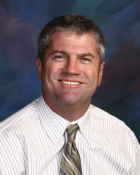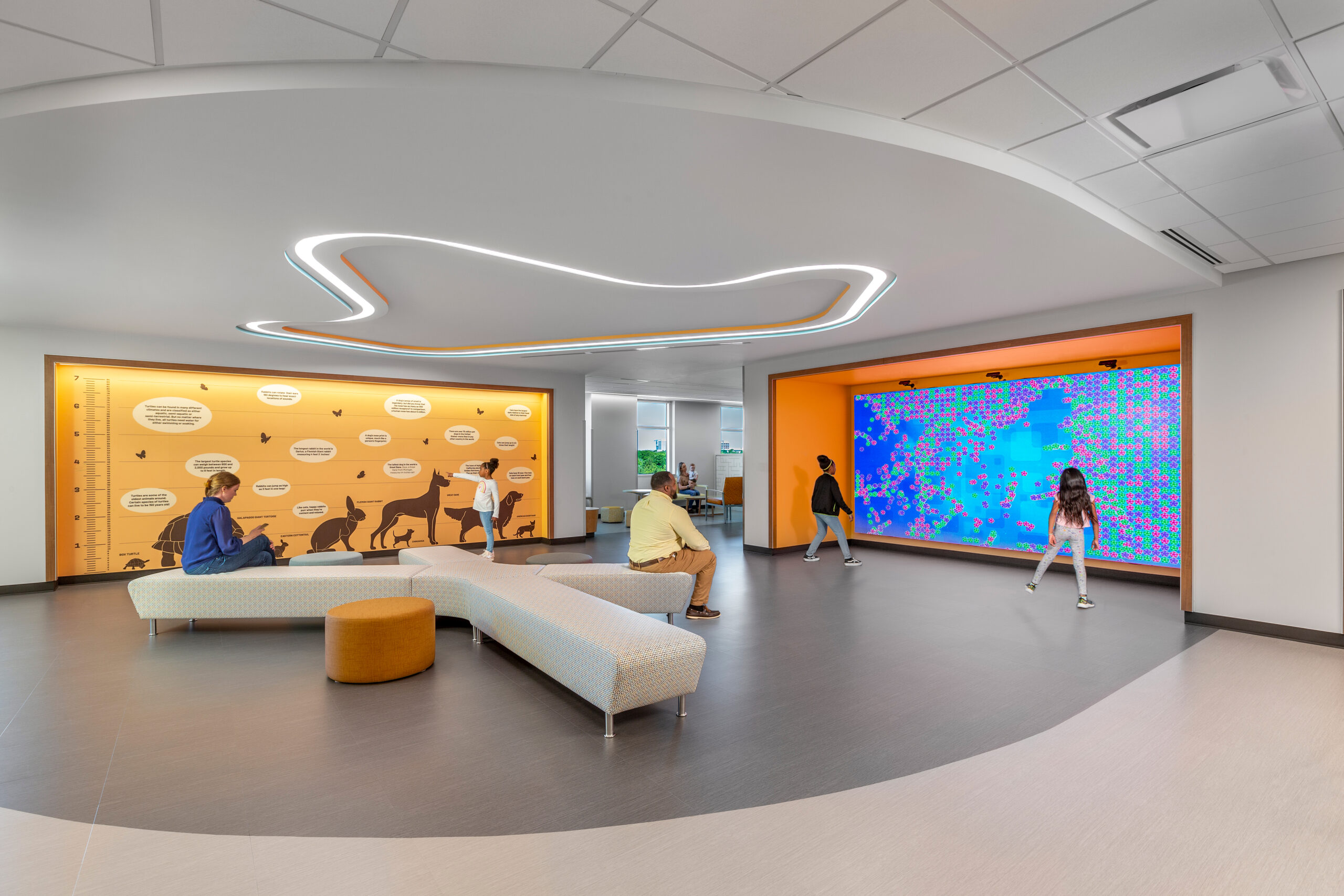
By Sue Wasserman
Russ Sedmak, Director of Healthcare Design, Heery
You can take the boy out of the tree-house but you can’t take the tree-house out of the boy. Russ Sedmak wouldn’t want it any other way. After all, it was that first tree-house, designed and built when he was eight that literally started him climbing the ladder to his career in architecture.
“My father, who was in manufacturing, always had lots of materials lying around, not to mention machinery such as lathes and drill presses,” Russ says. “Not only did I love watching him build and fix things, I loved designing things on my own – the tree fort, furniture, go-carts. Once I started drawing and realized I enjoyed that, too, I thought it would be cool to design buildings.” Never once has Sedmak wavered in his thinking.
His passion for design led the Ohio native to University of Colorado and a degree in architecture. Sedmak’s first post graduation projects for a small Boulder based firm were primarily wood framed structures, indicative of the region’s more natural design sensibilities.
“I realized early on that I wanted to work on larger, more complex projects,” Sedmak says. “I heard about a firm in Denver that was working on healthcare projects and looking for a professional to handle the creative planning side of facility design. I became fascinated by hospital design and how each facility seemed unique to the community it served. I enjoyed the incredible amount of planning that had to go into constructing a facility of this nature.”
Sedmak’s passion was apparent to his supervisors who quickly sent him up another rung of the career ladder to a role as project manager. While Sedmak was still fascinated by the art and science of building, he recognized his greatest strength was communicating with clients. “There’s an incredible amount of communication and outreach required to help clients reach consensus in their strategic decisions. These days I spend so much time in discussions with hospital CEO’s, COO’s and facility directors. Our role extends well beyond the nuts and bolts of facility design to helping clients plan for a future that is sustainable both from a business and environmental standpoint.”
While Sedmak is incredibly proud of his design work on The Medical Center of the Rockies, the nation’s largest and most complex LEED Gold hospital, if you ask him about his most rewarding project, it would be his role in the expansion and renovation of Aspen Valley Hospital, a 25 bed critical access facility located in Aspen, Colo.
“Our work with Aspen Valley Hospital spans more than a decade,” Sedmak notes. “Our original assignment was to work on a needs assessment for a 5,000-square-foot addition. As we delved into the project, we knew immediately that the hospital was functioning in a space that was less than half the size it needed to be to meet current standards and community requirements. Although the facility’s needs for growth were great, the community was averse to facility expansion.”
More than design expertise, the project required the skills of a diplomat to cut through community and city planning board doubts as well as changes in administration. “In the end, through effective outreach, we were able to help the hospital convince city planning officials and the community at large that expansion was necessary for the long term viability of the hospital. As of now, we’ve built a new birth center, which is phase one of our four phase master plan. We’ve just broken ground on phase two, which includes a patient care pavilion, ICU, cardiac rehabilitation center and outpatient clinic spaces. In this second phase, we’re also building an affordable housing development for staff, a facility that will be a nearly net zero energy structure. That’s something we’re really excited about. ”
When all four phases are said and done, the hospital will also have new emergency, imaging and surgery areas; new entrance and lobby; and a completed master plan. It isn’t often that one design team is able to fully implement an entire hospital campus’ master plan.”
As Heery’s new director of healthcare design, Sedmak is devoting a great deal of time focused on the industry’s future. While he believes a growing number of hospitals will embrace sustainable design, he also believes hospitals and architects must embrace the addition of testing into the mix once the facility has been opened and occupied for one, two and three years to study actual versus intended performance.
“We’re currently working with MCR to test actual energy consumption,” he offers. “Actual energy consumption isn’t something you can map immediately because hospitals typically aren’t fully occupied when they first open.” Now that the hospital is fully staffed, occupied and operational, Sedmak and MCR Director of Facilities Bob Gance can map total energy and water usage during slow and busy periods. “Our goal is to validate systems and determine whether they are operating as we had planned,” he adds. “For example, we want to know if water consumption during the summer months is higher or lower than we anticipated.
Depending on the actual figures, the next question we’ll ask ourselves is how we might design differently to achieve optimum results. The bottom line for hospitals isn’t being able to put a plaque on the wall but being able to see the natural resources and money they’ve saved. I suspect the future may not be as tied to LEED Certification as it will be to actual building performance.” Sedmak and Gance, will be presenting their findings at ASHE’s PDC conference in March 2011.
One of Sedmak’s personal goals is to achieve LEED’s 75 percent daylighting requirement in a major hospital. “We were close on MCR, but the acute nature of the facility made it difficult. In Europe, for example, the shape of buildings is mandated to limit the size of the building’s envelope to ensure they have a much higher daylight ratio. I know this is something we can do, something that will not only be healthy for patients, but for staff and physicians as well.”
As for the next frontier, Sedmak sees opportunities to develop healthcare facilities beyond U.S. borders. “For a number of years, U.S. firms were planning and designing for clients in China and the Mideast. Now it seems like India, with its tremendous population and humanitarian demands, is presenting opportunities.” Heery, in fact, has signed an exclusive agreement with a Mumbai-based architecture firm to provide planning and design for upcoming healthcare projects.
As much as he enjoys diving into his work, whenever he can cobble more than few days together, Sedmak leaves his beloved mountains behind to dive into the peaceful waters in places like Mexico and the Caribbean. “Few people know about my passion for scuba diving,” he says. “I’ve gone on more than 100 open water dives. It really is like being in another world, as you’re suspended weightless, breathing from a tank and regulator, experiencing an eco-system that’s completely foreign to most people. Diving has made me appreciate just how massive the ocean is and how significant it is to the health of our planet. It makes you appreciate the fact that everything we do on land is interconnected.”





